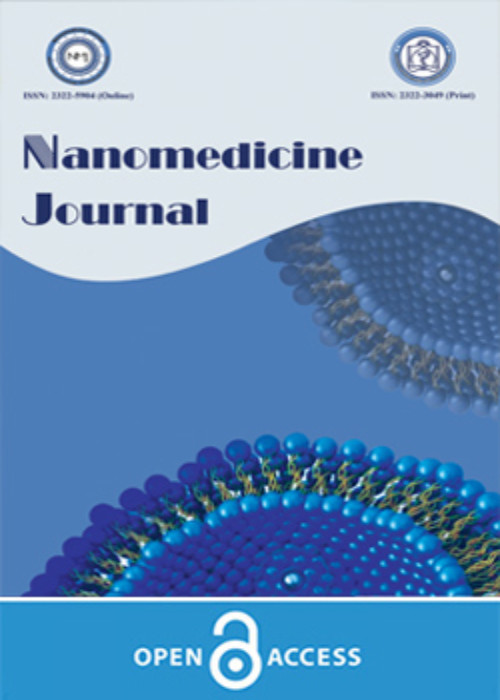Application of personal non-lead nano-composite shields for radiation protection in diagnostic radiology: a systematic review and meta-analysis
composites with micro- and nano-metal fillers has attracted the attention of researchers for radiation shielding applications. Lead toxicity and heaviness have oriented extensive research toward the use of non-lead composite shields. The present study aimed to systematically review the efficiency of the composite shields of various micro- and nano-sized materials as composite shields have been considered in radiation protection and diagnostic radiology. In addition, a meta-analysis was performed to determine the effects of filler size, filler type, shield thickness and tube voltage on dose reduction. The relevant studies published since 2000 were identified via searching in databases such as Google Scholar, Medline, Web of Science, Scopus, and Embase. In total, 51 articles were thoroughly reviewed and analyzed. Heterogeneity was assessed using the χ2 and I-square (I2) tests, and a fixed effects model was used to estimate the pooled effect sizes. The correlations between the subgroups were determined separately using meta-regression analysis. According to the results, the bismuth shield dose reduced from 22% to 98%, while the tungsten shield dose increased from 15% to 97%. The rate also increased from 6% to 84% in the barium sulfate shields. The combination of two metals resulted in higher attenuation against radiation, with the nano-shields exhibiting higher attenuation compared to the micro-shields, especially in low energies. Moreover, the meta-analysis indicated that the fixed effects pooled estimation of dose reduction was 89% for shield thickness (95% CI: 79-100; P<0.001), 73% for tube voltage (95% CI: 63-83; P<0.001; 50-100 kV), and 59% for tube voltage (95% CI: 35-82; P<0.001; kV>100). The single-metal personal shields made of bismuth powder had better performance than tungsten and barium sulfate. In addition, the combined metals in a shield showed more significant attenuation and dose reduction compared to the single-metal shields.
- حق عضویت دریافتی صرف حمایت از نشریات عضو و نگهداری، تکمیل و توسعه مگیران میشود.
- پرداخت حق اشتراک و دانلود مقالات اجازه بازنشر آن در سایر رسانههای چاپی و دیجیتال را به کاربر نمیدهد.


